Enhance Your Bedroom with a Stylish Wall Lamp

When it comes to choosing the right style of table lamp for your space, there are a few key factors to consider. First and foremost, you’ll want to think about the overall aesthetic of the room where the lamp will be placed. If you have a modern, minimalist space, you may want to opt for a sleek, contemporary lamp with clean lines and a simple silhouette. On the other hand, if your room has a more traditional or eclectic vibe, you might consider a lamp with more ornate details or a vintage-inspired design Villenas.
Another important consideration when choosing the right style of table lamp is the size and scale of the lamp in relation to the furniture and other elements in the room. A small, delicate lamp may get lost on a large, imposing side table, while a large, statement-making lamp could overwhelm a petite nightstand. It’s important to strike a balance and choose a lamp that complements the other elements in the space without overpowering them. Additionally, consider the materials and finishes of the lamp in relation to the rest of the room. A lamp with a metal base and a fabric shade might not be the best choice for a room filled with natural wood and woven textures, while a ceramic or glass lamp with a linen shade could be the perfect fit.
Placement and Height
Once you’ve chosen the right style of table lamp for your space, it’s important to consider the placement and height of the lamp for both aesthetic and functional reasons. In terms of placement, think about where the lamp will be most useful. Will it be placed on a bedside table for reading before bed, on a desk for task lighting, or on a console table for ambient illumination? The intended use of the lamp will help determine where it should be placed in the room.
When it comes to height, the general rule of thumb is that the bottom of the lampshade should be at eye level when you’re seated next to it. This ensures that the light is directed where it’s needed and that the lamp doesn’t create glare or shine directly into your eyes. However, this rule can be adjusted based on the specific use of the lamp. For example, if you’re using a table lamp for task lighting on a desk, you may want it to be slightly taller so that the light is directed onto your work surface. On the other hand, if you’re using a lamp for ambient lighting on a console table, you may want it to be shorter so that it doesn’t obstruct the view or conversation across the table.
Bulb Type and Wattage
Choosing the right bulb type and wattage for your table lamp is crucial for creating the perfect ambiance and ensuring that the lamp provides adequate illumination for its intended use. When it comes to bulb type, there are several options to consider. Incandescent bulbs are the traditional choice and provide warm, soft light, but they also tend to generate more heat and have a shorter lifespan. LED bulbs are an energy-efficient option that produce less heat and last longer, but they can sometimes have a cooler color temperature that may not be ideal for all spaces. Halogen bulbs are another option that provide bright, white light and are often used for task lighting.
In terms of wattage, it’s important to consider both the maximum wattage recommended for the lamp and the level of brightness needed for the space. A higher wattage bulb will produce more light, but it’s important not to exceed the maximum wattage recommended for the lamp to avoid overheating and potential safety hazards. Additionally, consider the intended use of the lamp when choosing the wattage. For task lighting, you may want a higher wattage bulb to provide ample illumination, while for ambient lighting, a lower wattage bulb may be sufficient to create a cozy atmosphere.
Cord and Switch Options
When it comes to table lamps, cord and switch options are often overlooked but can make a big difference in terms of convenience and functionality. The length and flexibility of the cord can impact where the lamp can be placed in a room and how it can be used. If you plan to place the lamp in an area where there are no nearby outlets, you may want to consider a longer cord or even a cordless option that can be easily moved around. Additionally, consider whether you prefer a clear or colored cord that complements the design of the lamp and blends seamlessly with your decor.
In terms of switch options, there are several choices to consider. The most common switch type for table lamps is a rotary switch located on the base of the lamp, but there are also pull-chain switches, touch-sensitive switches, and even smart switches that can be controlled remotely via an app or voice command. The best switch option for your table lamp will depend on your personal preferences and how you plan to use the lamp. For example, if you want to be able to turn the lamp on and off without getting out of bed, a pull-chain switch located near the top of the lamp may be the most convenient option.
Incorporating Dimmer Features
Incorporating dimmer features into your table lamps can add versatility and flexibility to your lighting scheme, allowing you to easily adjust the level of brightness to suit different activities and moods. Dimmer switches can be integrated into the base of the lamp or installed on the wall as part of your home’s electrical system. They allow you to lower or raise the intensity of the light with just a simple twist or slide of a switch, giving you complete control over the ambiance in your space.
Dimmer features are particularly useful for bedside table lamps, where they can provide soft, gentle light for reading before bed or create a cozy atmosphere for winding down at the end of the day. They’re also great for dining room table lamps, allowing you to adjust the brightness to create an intimate setting for dinner parties or increase the light for family game nights. Additionally, dimmer features can help extend the lifespan of your bulbs by reducing their energy consumption and minimizing wear and tear from constant switching on and off.
Adding a Personal Touch with Customization

Adding a personal touch to your table lamps through customization can help elevate them from functional fixtures to stylish design elements that reflect your unique taste and personality. There are several ways to customize your lamps, from selecting unique lampshades and finials to adding decorative embellishments and accents. When it comes to lampshades, consider choosing a fabric or pattern that complements your existing decor and adds visual interest to the room. You can also swap out standard finials for more decorative options like crystal or metal designs that add an extra touch of elegance.
Another way to customize your table lamps is by adding decorative embellishments such as tassels, beads, or fringe to the lampshade or base. These small details can make a big impact and help tie the lamp in with other elements in the room. Additionally, consider adding accents like decorative trays or coasters underneath your lamps to create a cohesive look and protect your furniture from scratches or water damage. By customizing your table lamps in these ways, you can create one-of-a-kind pieces that add personality and charm to your space.
Maintenance and Cleaning Tips
Maintaining and cleaning your table lamps is essential for keeping them looking their best and functioning properly. Dust and dirt can accumulate on lampshades, bases, and bulbs over time, dulling their appearance and reducing their efficiency. To keep your lamps in top condition, it’s important to regularly dust them with a soft cloth or brush to remove any buildup. For fabric lampshades, you can also use a lint roller or vacuum attachment to gently remove dust and debris without causing damage.
In addition to regular dusting, it’s important to periodically deep clean your table lamps to remove stubborn dirt and grime. For metal or glass bases, you can use a mild cleaning solution and soft cloth to wipe away fingerprints and smudges. For fabric lampshades, you can spot clean with a gentle detergent or take them to a professional cleaner for more thorough maintenance. It’s also important to check and clean the bulbs and sockets regularly to ensure that they’re free from dust and debris that could affect their performance.
By following these maintenance and cleaning tips, you can keep your table lamps looking beautiful and functioning at their best for years to come. Regular care and attention will not only prolong the life of your lamps but also contribute to a clean and inviting atmosphere in your home.

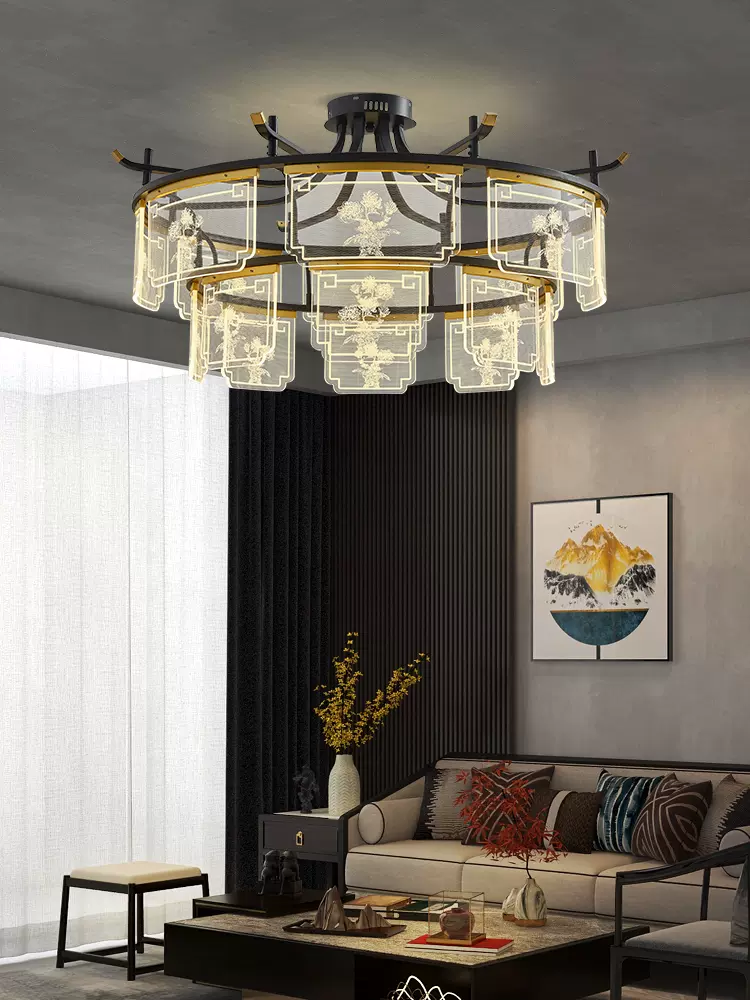
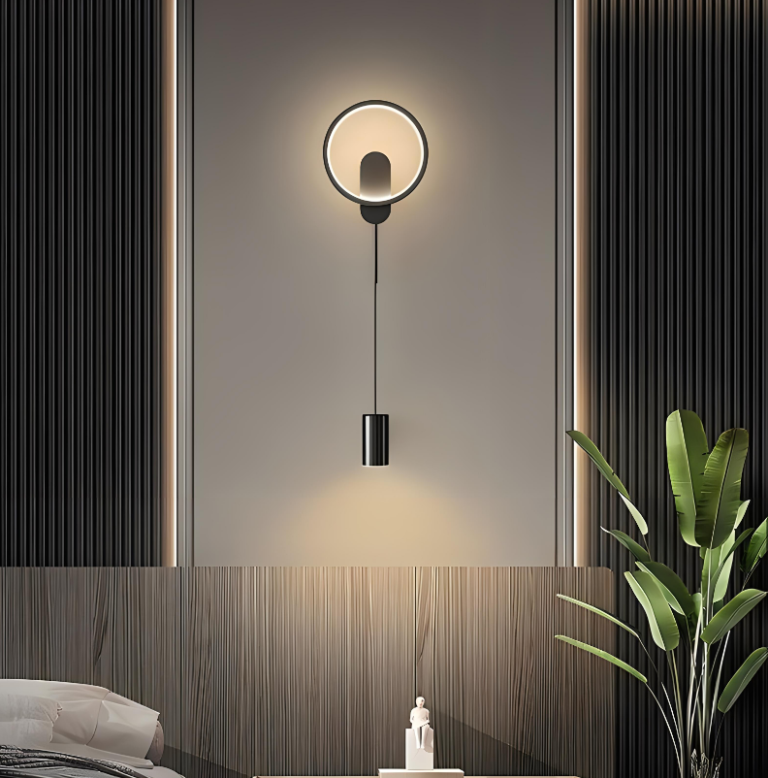
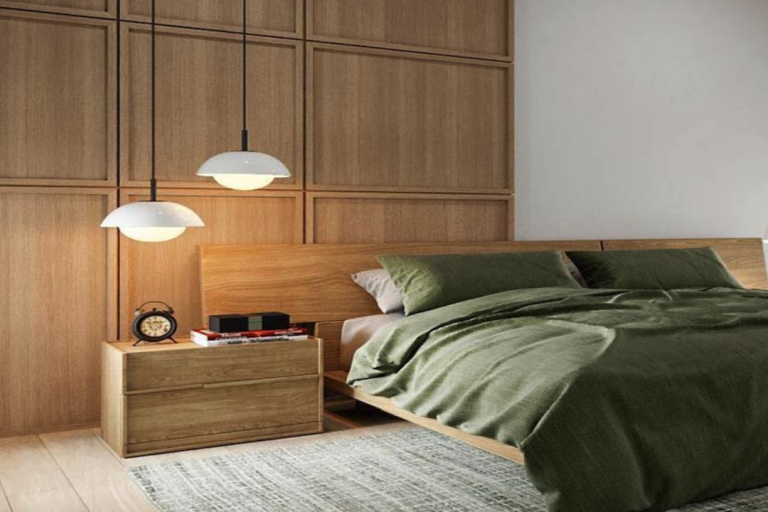

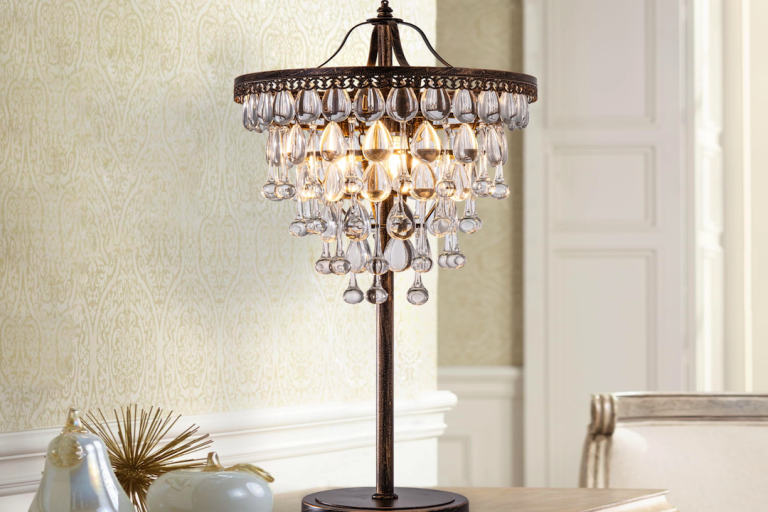
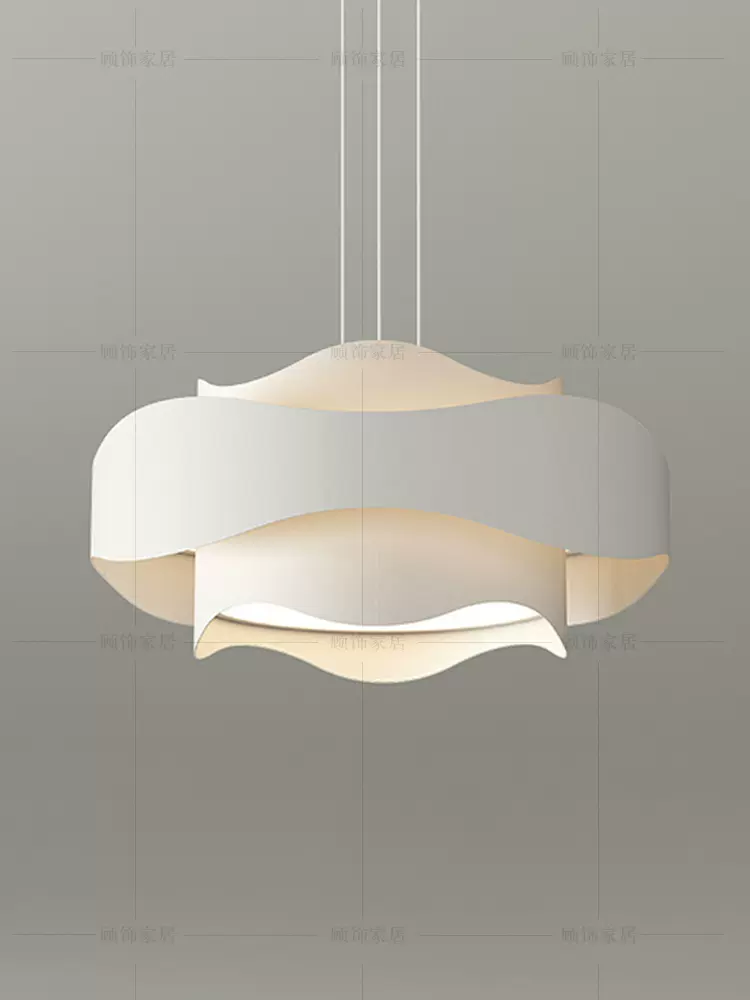
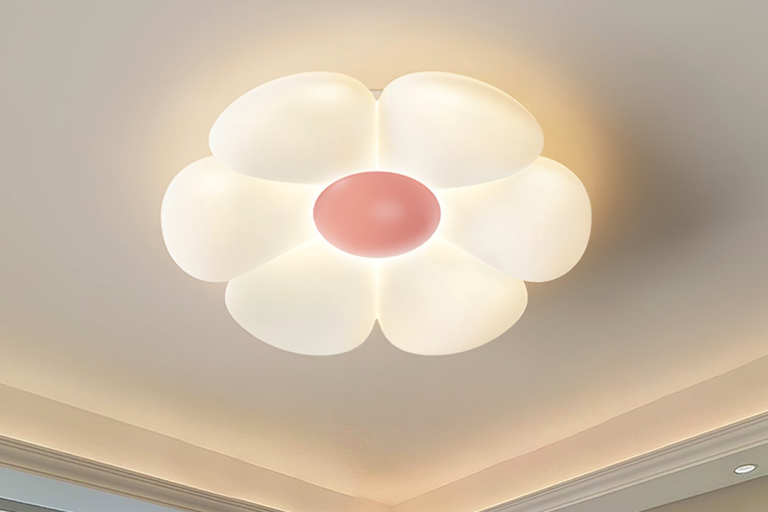
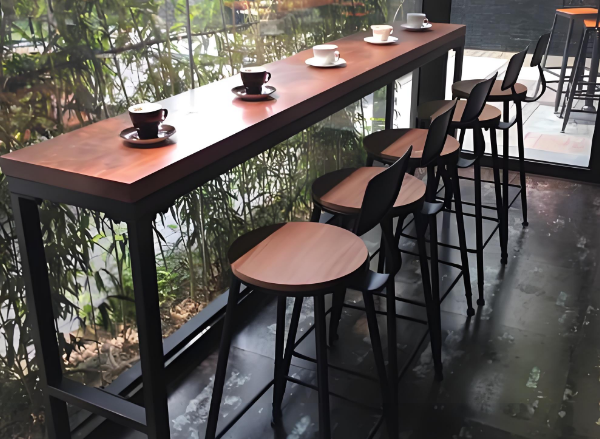
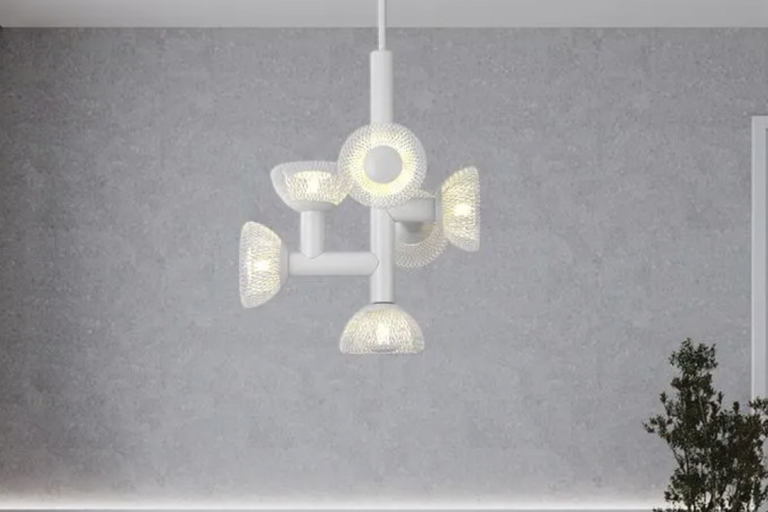
+ There are no comments
Add yours